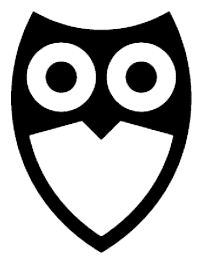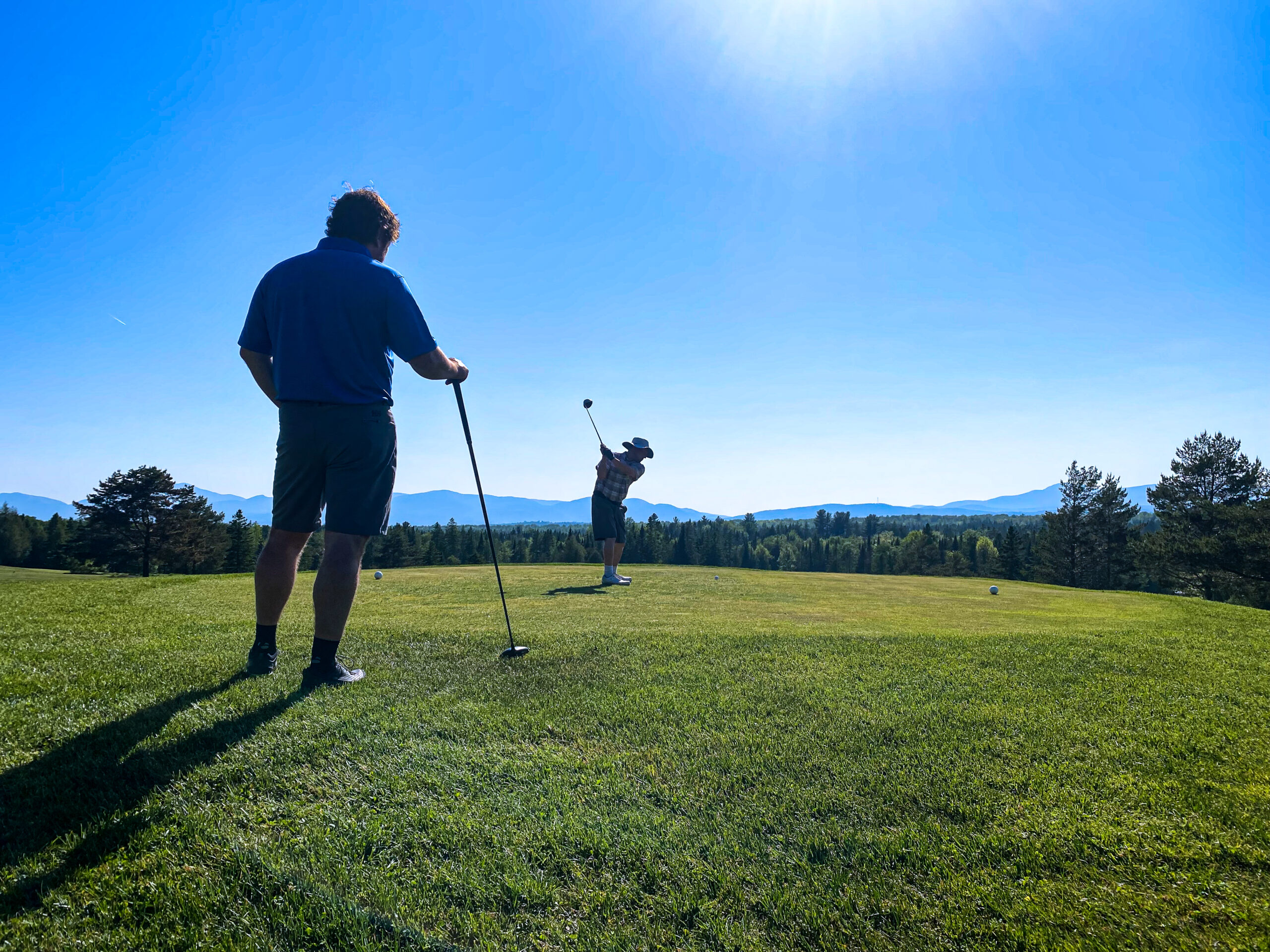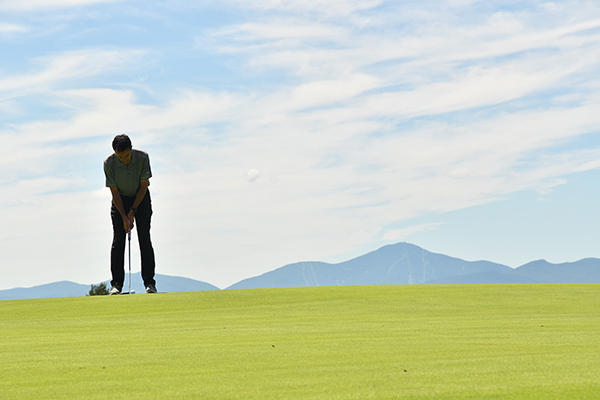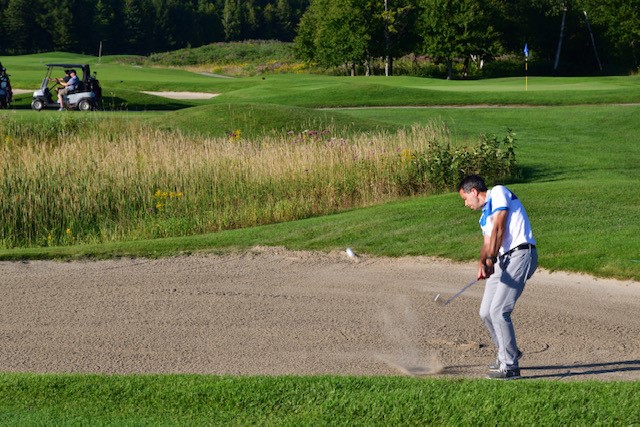
Club choice based on where your ball lies
Your golf bag contains several clubs, but it’s very likely that you often use the same ones because you’re used to playing them, or because you’re more familiar with them than others. Many players are told not to use woods on long grass. Others will take a #3 wood down the fairway to cover a greater distance but hit the ball thin making it roll instead of flying. However, each club has its own purpose, depending on the resting place of your ball and the distance you wish to cover.
When you arrive where the ball has landed after a shot, the first thing to do is to assess the distance you wish to cover. Depending on the distance, you’ll have a better idea of which club to choose. For a refresher on the distance of each stick, I invite you to consult this past article. Next, you need to assess the position of obstacles. Whether it’s sand traps, ponds, trees, or simply the angle of the pitch, the ultimate goal is to avoid them or, at the very least, minimize the impact of the obstacle if it can’t be avoided. For example, your ball is 160 yards from the green, but you need to overcome a water crossing at 150 yards. Using a 7-iron might land you directly in the water, but an 8 or 9-iron will take you right in front of the pond, making the approach to the next shot easier.
The third assessment is the elevation of the green. On some holes, the elevation of the green is quite obvious as it lies on a pronounced knoll, but on others, the elevation is more discreet. Once again, using a different club for each elevation is likely to pay off. Your placement on the green will be better, and you’ll have the satisfaction of having used a new club! Finally, the last question many people forget to ask themselves is how the ball lands on the ground. In this case, you need to think about whether the striking face of your club is higher, equal or lower than the ball’s equator. A ball resting in the hollow of a long lawn will not strike with the same bat as if it were overhanging it. Since centering the ball is important, you’ll need to use the right club to hit the ball in the right position.
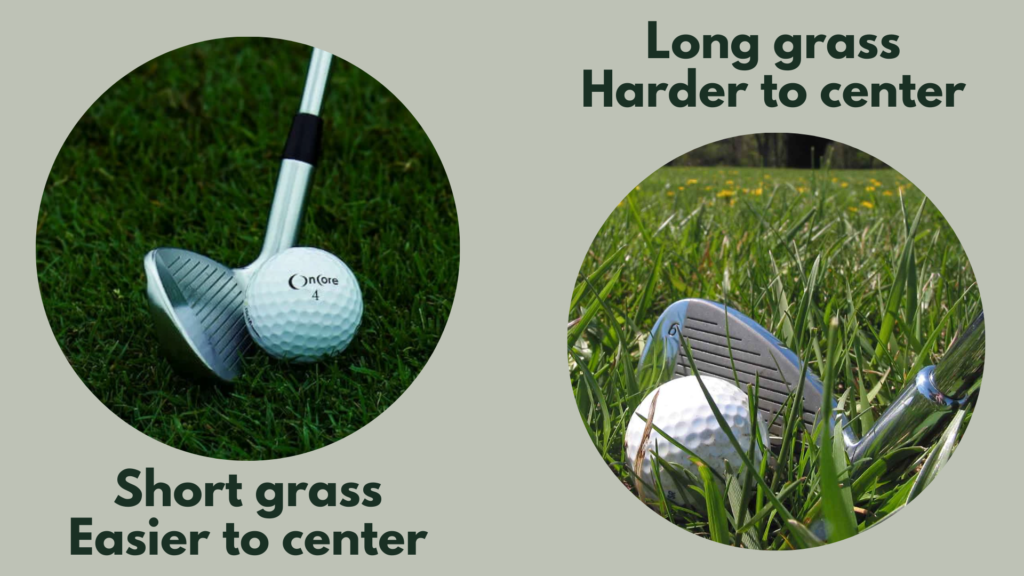
At this point, you should be able to identify which club to use in which circumstances. If you combine the information in this article with that of the article on the yardage of each stick, your bag will never have seemed so diversified. Take the time to test each club in your bag in different positions, and you’ll be pleasantly surprised by the results.
